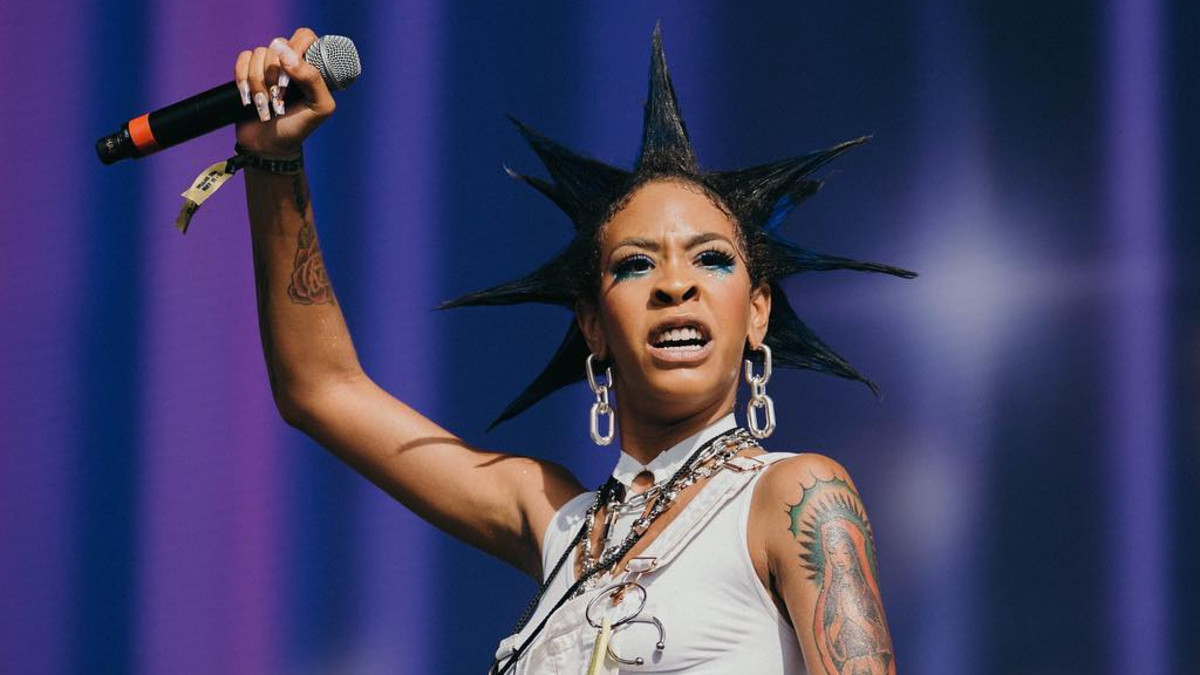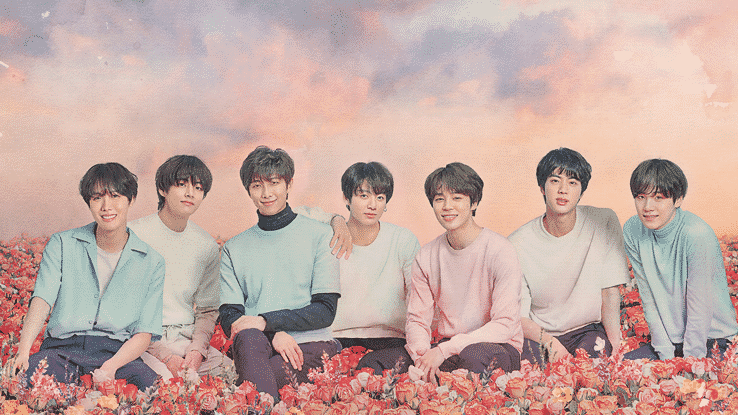 Maria Cecilia Simone Kelly, known more commonly as her stage
name “Rico Nasty”, and her music are fundamentally a product of Missy Elliott’s
break into the hip-hop and rap scene in the late 90’s. Rico, 22, is also what I
see as a distinctly millennial and Gen-Z artist, that deals with the rapid pace
of technological development as they grew up, which affects their seeming
responsibility of constantly producing music, maintaining a strong relationship
with fans, and “staying relevant”. This, however, has not lessened Rico’s
creativity.
Maria Cecilia Simone Kelly, known more commonly as her stage
name “Rico Nasty”, and her music are fundamentally a product of Missy Elliott’s
break into the hip-hop and rap scene in the late 90’s. Rico, 22, is also what I
see as a distinctly millennial and Gen-Z artist, that deals with the rapid pace
of technological development as they grew up, which affects their seeming
responsibility of constantly producing music, maintaining a strong relationship
with fans, and “staying relevant”. This, however, has not lessened Rico’s
creativity.
Also hailing from the DMV area, similarly to Missy, Rico
received her stage name from bullying both the African-American community and
the White community. As a biracial, afro-latino woman, racial discrimination
was a part of her daily life going to a private boarding school at first, and
then eventually being expelled and going to public school. Rico Nasty refers
directly to her Puerto- Rican identity. Rico says that this comment empowered
her to me more unapologetic about herself, and to bring and channel anger to
all of her artistic work.
 Like Missy, in middle school and high school, Rico spent
time away from school to pursue her interests, namely painting and music. She
was very inspired by Picasso, Missy Elliot, Beyoncé and Rihanna in this
process. She sees these artists as “standing alone” in their respective domains
of music and art, which inspired her to do the same. Her father, more commonly
known as the rapper Beware, actually had little to no influence on her becoming
a rapper herself, she remarks. She was pushed by her former boyfriend
Brandon, who passed away soon after she found out she was pregnant with his
child, who saw themes in her drawings, paintings, and lyrics that were unique
and novel. His passing, and eventually, the birth of her son Cameron, motivated
her to make music her career. In this way, Rico is very intrinsically motivated by these relationships.
Like Missy, in middle school and high school, Rico spent
time away from school to pursue her interests, namely painting and music. She
was very inspired by Picasso, Missy Elliot, Beyoncé and Rihanna in this
process. She sees these artists as “standing alone” in their respective domains
of music and art, which inspired her to do the same. Her father, more commonly
known as the rapper Beware, actually had little to no influence on her becoming
a rapper herself, she remarks. She was pushed by her former boyfriend
Brandon, who passed away soon after she found out she was pregnant with his
child, who saw themes in her drawings, paintings, and lyrics that were unique
and novel. His passing, and eventually, the birth of her son Cameron, motivated
her to make music her career. In this way, Rico is very intrinsically motivated by these relationships.What is creative about Rico is how anger plays a role in her music. She often also refers to herself as “Trap Lavigne”, showcasing the unintentionally blending of anger and sadness of Punk music to her rap. Her most recent mixtape, Anger Management speaks to how Rico deals with the anger and sadness in her life through her music; she truly embraces these emotions. Anger Management invites her fans and audience to do the same. The beats and sounds are loud; Rico is often yelling more than she is, in the traditional sense, rapping. It is characteristic in many ways of how millennial and Gen-Z’ers are dealing with the current socioeconomic, cultural, political and environmental context impinging on their lives, with unrelenting anger.
Many have scorned Rico’s use of anger, in a very similar way
to how Missy Elliott was received by the field by embracing her body and
sexuality so unapologetically in the late 90’s and early 2000’s. Rico responds
by saying, it is a part of her, but she is always reinventing herself, whether
she is Rico, Tacobella (another one of her softer, sadder aliases from another
mixtape), or Trap Lavigne. Her creative process relies on this constant
reinvention and immersion into her aliases. Similar to Missy, she is not
attached to one representation of herself and her work, and is constantly
changing up her clothes, music videos, and subjects in her music. In this way,
Rico says she paradoxically consistent. Her fans can count on her for something
new. Growing up in the Internet age, it is natural for her, she says, to
maintain a strong relationship with her fans, who have the expectation that she
will be able to keep up with pace of relevancy that comes with the Internet age.
I see her becoming as timeless as Missy Elliott, even this early in her career.
Additionally, like Missy Elliott, she seeks to distinguish herself as a female
rapper. In her song Hatin’, very much
reflects Missy Elliott’s She’s a Bitch,
where they both reflect on their isolation amongst male rappers in the entire
domain and field, but even amongst female rappers themselves. Isolation is a
major part of both their creative processes.
-Lauren
Resources:






/cdn.vox-cdn.com/uploads/chorus_image/image/60052357/hmmmm.0.jpg)


